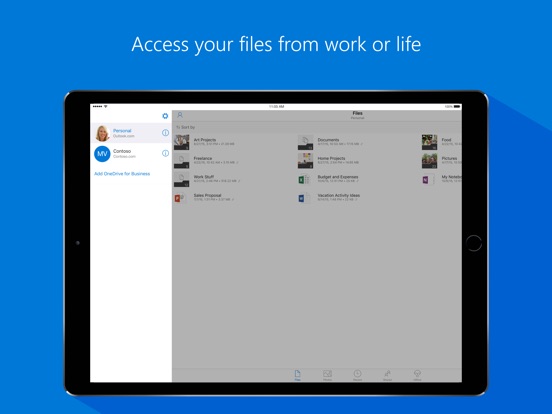

You can check how much space OneDrive occupies by opening the iOS Settings app, and then tapping General -> iPhone/iPad Storage -> OneDrive. Provided that you haven’t chosen to keep too many large files offline, OneDrive occupying multiple gigabytes on your iPhone or iPad usually indicates a cache storage that has gone out of control. One of the prime reasons to clear the OneDrive cache occurs when the app starts to use too much space.

Below are a handful of OneDrive-related issues that a good cache-clearing should resolve. However, that doesn’t mean your apps function in top shape all the time. Usually, iOS is pretty adept at managing the caches of all installed apps - hence the reason why it doesn’t feature a system-based manual cache-clearing mechanism like on Android. Head back, and you should find a much stable and smooth experience with the OneDrive app. Once it disappears, you’ve successfully removed the cache. You should be greeted with a spinning circle to indicate that the OneDrive is clearing the cache.
Step 3: Scroll down to the More section, and then tap Advanced. Step 2: On the menu that shows up, tap Settings. Step 1: On the OneDrive for iOS app, tap the Profile icon to the upper-left corner of the screen. Hence, you need to dive briefly into the OneDrive Settings panel whenever you need to use it. Thankfully, the OneDrive app for iOS features a built-in option that lets you do that, but it’s somewhat hidden from view. However, redundant data can often cause the app to become sluggish or malfunction (more on that further below), hence the need to clear the cache. On every platform, OneDrive caches a certain amount of data locally to speed things up - recently used files, placeholder icons, thumbnails, etc.


 0 kommentar(er)
0 kommentar(er)
